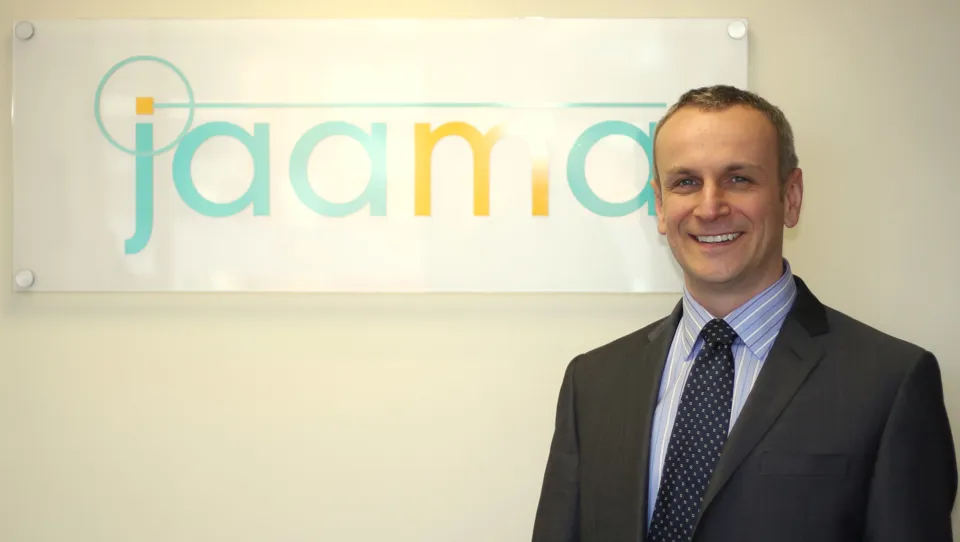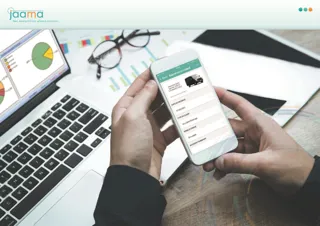Jaama has introduced new functionality to its Key2 vehicle management system that enables users to utilise the data available following introduction of the Worldwide harmonised Light vehicles Test Procedure (WLTP).
WLTP test results have been applied to all new car and lighter van models (Class I up to 1,305kgs) since September last year. From September 1, 2018 all cars and lighter vans (Class I up to 1,305kgs) must be tested under WLTP rules along with new types of heavier vans (N1 Class II 1305-1760kgs and III above 1,760kgs).
From September 1, 2019 the rules apply to all heavier vans (N1 Class II 1,305-1,760kgs and III above 1,760kgs).
Introduction of WLTP, which measures vehicle carbon dioxide (CO2) emissions and MPG, and the associated Real Driving Emissions (RDE) test, which measures emission levels of nitrogen oxides (NOx) and particle numbers (PN) is much more comprehensive compared with the ‘old’ NEDC test.
As a result, Jaama, which takes vehicle data feeds from automotive industry providers CAP HPI and JATO Dynamics, has added new functionality to its Key2 suite of applications to manage the information.
The new functionality enables a greater insight into vehicle emissions and MPG performance for fleet decision-makers.
Martin Evans (pictured), managing director of Jaama, said: “Introduction of the WLTP testing regime is one of the most significant developments to impact on the UK company car and van market since the turn of the century.
“In an era when the focus of government, local authorities and business is on improving air quality, reducing vehicle emissions and limiting a fleet’s carbon footprint, it is critical that fleet decision-makers have comprehensive emissions and MPG data at their fingertips.
“Jaama is renowned for ensuring its Key2 system is at the cutting-edge of fleet management so it is important that we continue to invest in updating functionality to ensure users have access to all the information to make decisions.”
Jaama invests more than £2 million per year in Key2 and ‘MyVehicle App’ product development


















Login to comment
Comments
No comments have been made yet.